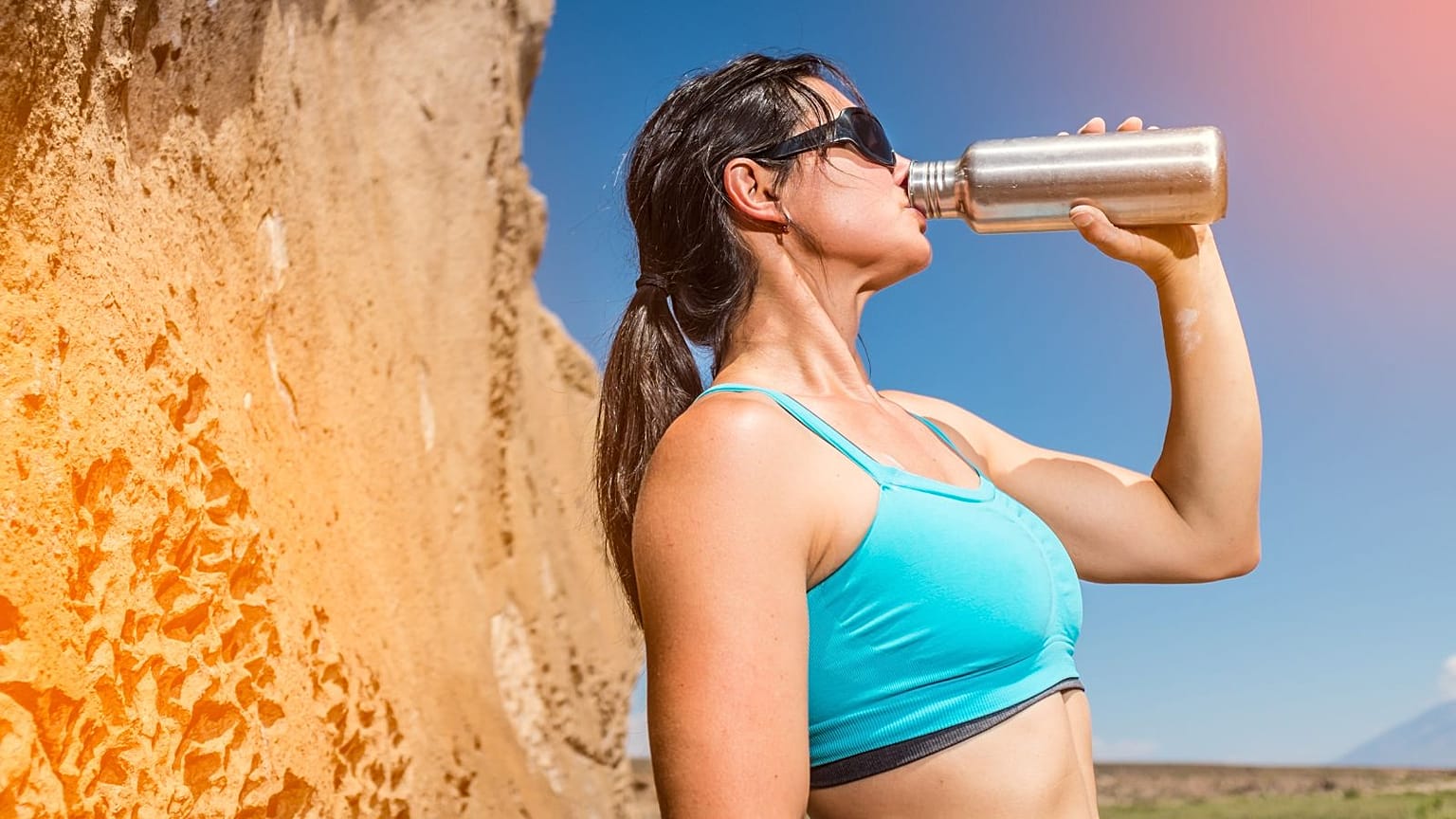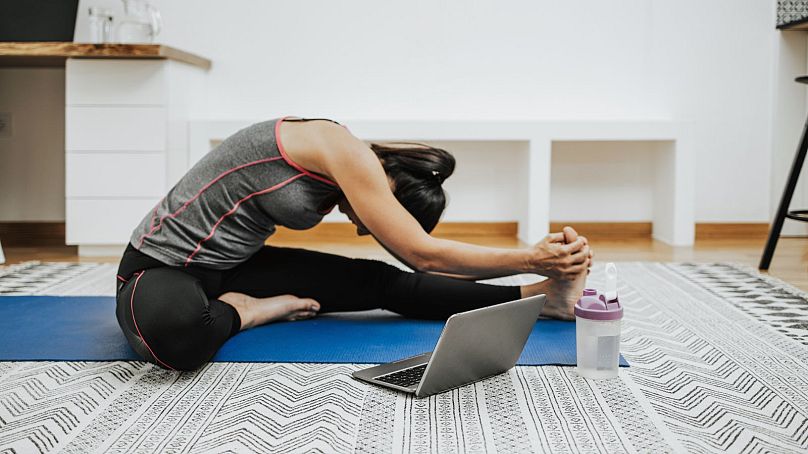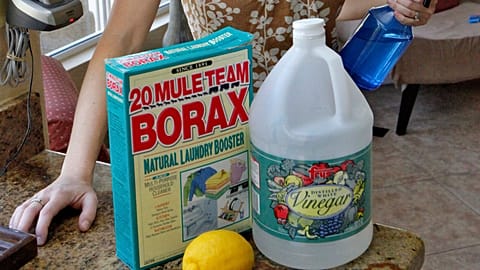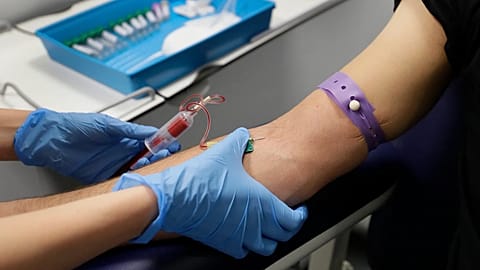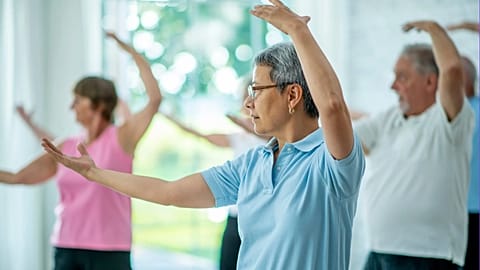Working out might be the last thing on your mind during a heatwave. But with a few adjustments, you can still exercise safely when it’s hot out if you want to.
As we sweat through yet another period of record-high temperatures in Europe, exercise might be the last thing you want to do.
But remaining healthy is paramount, and just because it’s hot out doesn’t mean you need to bin your usual workout routine completely if you normally exercise and feel the need for some physical activity.
Of course, to be absolutely safe, you should avoid unnecessary physical exertion during a heatwave, says Oliver Gibson, Senior Lecturer in Exercise Physiology at Brunel University London.
"However, first with climate change unlikely to be reversed in the coming decades, we cannot avoid activity entirely as this would be counterproductive for health," he told Euronews Next.
"People are creatures of habit, and those who regularly exercise will continue to do so. For those people, making good decisions regarding their exercise habits is critical".
With high temperatures unfortunately likely to be a key fixture in summers to come, here are some tips on how to adjust your normal routine and work out safely in the heat.
1. Go early in the morning, and pace yourself
"If you don't regularly exercise, then I wouldn't start exercising in a heatwave," Rebekah Lucas, Associate Professor in Physical Activity and Health at the University of Birmingham, told Euronews Next.
But if you normally exercise and are relatively fit and healthy, there’s no reason not to keep working out if you feel like it - with some precautions.
Think about the heat as adding an additional exercise load, says Lucas.
"Just like you wouldn't run the same pace up a hill, you shouldn't run the same pace in a really hot environment," she advised.
So regulate your pace, and go slower or do a shorter distance than you would normally, in recognition of the extra load that the heat will be causing you.
Opt to exercise indoors, or make sure to get up and exercise in the coolest part of the day; early morning is typically best when temperatures are low.
“In the evening, we get a lot of that urban heat island effect if you're in a city or urban area,” said Lucas.
2. Swap out your normal routine for lower-intensity workouts
When it gets hot out, change up the intensity of your normal exercise routine, says University of Nottingham Sport’s fitness instructor Shoaib Raza.
A heatwave isn’t the time to be worrying about chasing personal bests, says Raza. For example, if you’re doing weight training, decrease the load, or put in fewer repetitions. If you’re a runner, put a pause on the long distances and opt for interval training.
Circuit training or interval training are particularly good options, he added, as these types of workouts naturally incorporate pauses for you to get in more sips of water or take a short break.
"In circuit training or interval training, you get that 10 seconds, 20 seconds in between sets or intervals, so that's where you get a little bit of a break to recover plus drink more water," he told Euronews Next.
Consider staying indoors to work out, swapping out a long outdoor run with activities like at-home resistance training with resistance bands or bodyweight training, or switching to yoga or stretching sessions.
3. Choose loose-fitting clothing
When you’re out and active, having layered clothing that allows for air movement across your skin is beneficial. Choose light-coloured clothing, in natural fabrics like cotton and wool that allow a bit more airflow, says Lucas.
Synthetic fabrics that are used in workout clothes can be good if they wick moisture, but Lucas says she’d still personally tend to stick with natural materials.
And if you’re outside, make sure you’re wearing plenty of sunscreen to avoid getting sunburnt. You should also consider wearing a hat to avoid direct sunlight on your head.
4. Drink up and stay hydrated
It’s important to stay hydrated when the temperature is hot, and even more so when you’re physically exerting yourself.
Preparation is key, so for example, if you’re heading out early in the morning to exercise, plan ahead the night before.
"Make sure you're really well hydrated before," said Lucas.
"So, if you're thinking, 'I would like to get up early tomorrow morning and go and exercise,' then make sure you're really well hydrated the night before you go to bed, and then have a little drink before you go out".
And of course, make sure you have a drink on hand when you’re working out.
"The type of fluid isn’t critical in the short term, although hydration or non-caffeine sports drinks are advantageous versus water, given they also contain minerals known as electrolytes which aid fluid retention," said Gibson.
"Cooler drinks can provide some lowering of the body temperature prior to and after exercise," he added.
"This is another method to help attenuate the increase in body temperature".
5. Listen to your body, and look out for warning signs
Listening to your body and looking out for physical warning signs is key. Exercising when it’s hot outside puts extra stress on your body, and you can risk serious illness if you don’t take care when working out.
"Heat illnesses occur on a continuum," said Gibson. "The first signs include sensations of dizziness, lightheadedness, and fatigue".
"These are all cues to cease activity and begin cooling immediately, with a view to reducing the chance of a more severe heat illness".
Bear in mind that it’s not just hot temperatures that you’ve got to be mindful of, but humidity and the combination of the two, says Lucas. Working out itself, as well as high temperatures and high humidity, can increase your core body temperature.
What happens when we are exercising in a very hot, and particularly in a very humid environment, is that we really struggle to lose heat effectively, she says.
And if humidity is really high, this makes it much harder for us to lose heat through the evaporation of sweat.
"As a consequence, our body core temperature will increase".
You might consider regularly splashing water on your skin mid-exercise, and "let that water dry naturally, with the wind or with air movement because it will really help cool you down," said Lucas.
And when you’re done working out, take care to cool down properly, don’t stop your workout suddenly, and make sure you've got water with you for later.















